Quick Info
- You can access your Linux files in Windows 11 using third-party tools as well as Windows Subsystem for Linux (WSL).
- Third-party tools like Linux Reader are free and easy to use and do not tamper with the files, which is a major advantage.
- On the other hand, WSL is already baked into Windows 10 and Windows 11 and you only need to enable it to use it.
Method 1: Using Linux Reader
Linux Reader is a freemium application you can download and install to access your Linux files from Windows 11. Since it is a read-only application, your Linux partitions will not be damaged.
- Visit the link to download the free version of Linux Reader. You can also purchase the Pro version if you want.
- Once it is downloaded, install it on your PC and then open it. When you first launch it, it will take a few seconds to read all the disks on your computer.
- Double-click on the Linux disk to open it and access your Linux files.

- To save a file, simply right-click on it and click on the 'Save' option.
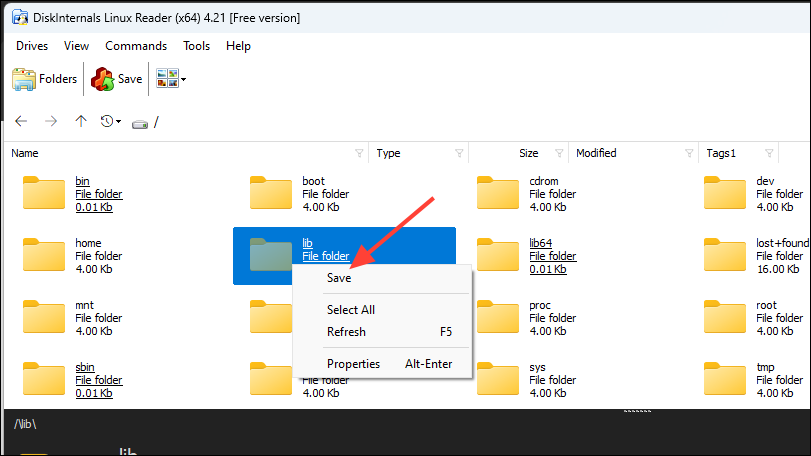
- This will show you a pop-up listing a few options, including saving the file, uploading it to a FTP server, and mounting it to the system. Click on the 'Next' button.
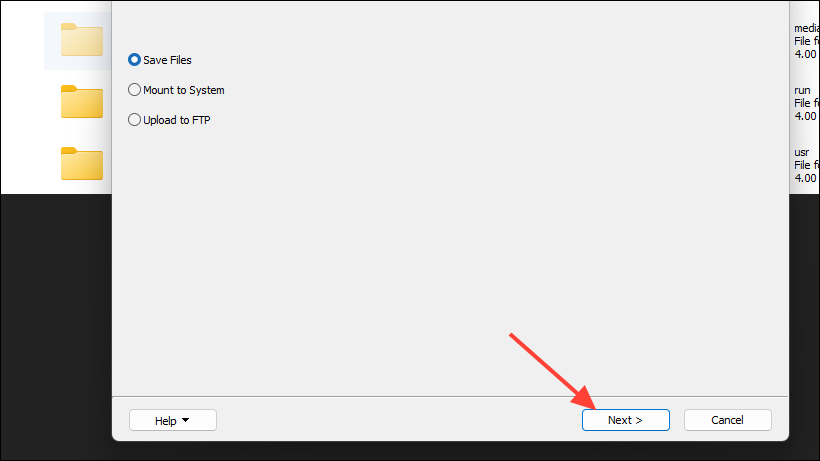
- On the next page, choose the location where the file will be saved using the 'Browse' button. Also, select what to do if the file already exists.

Method 2: With Ext2read
Another third-party tool you can use to access Linux files in Windows 11 is Ext2read, which supports the Ext partitions native to Linux and can display the files stored in them.
- Download Ext2read from the link.
- Once it is downloaded, extract the contents of the zip folder. Then, right-click on the extracted file and click on 'Run as administrator'.

- The program should scan your system and display all your Linux files. However, this will depend on which Linux distro you are using. For instance, distros like Fedora are unsupported. For supported distros, you can save your Linux files just like with Linux Reader.

Method 3: Using Ext2Fsd
With Ext2Fsd you can access files in Linux Ext2/3 and 4 partitions directly from Windows.
- Go to the Ext2Fsd download page and download the installer from there.
- Install the program on your PC and reboot before launching it.
- When you launch Ext2Fsd, it will show you all the drives and partitions on your PC. Right-click on the drive containing your Linux partition and click on 'Assign Drive Letter'.
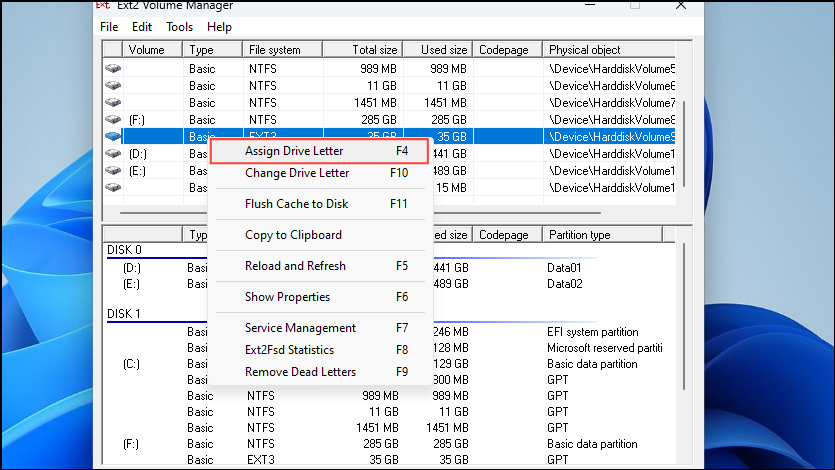
- Once you assign a drive letter to your Linux partition, it should be visible in the Windows File Explorer, from where you can access your files.

Method 4: Using WSL
If you have Linux installed on a different drive than your Windows installation, you can access your Linux files from Windows using Windows Subsystem for Linux or WSL.
- Open the Start menu, type
Windows features, and then click on 'Turn Windows features on or off'.
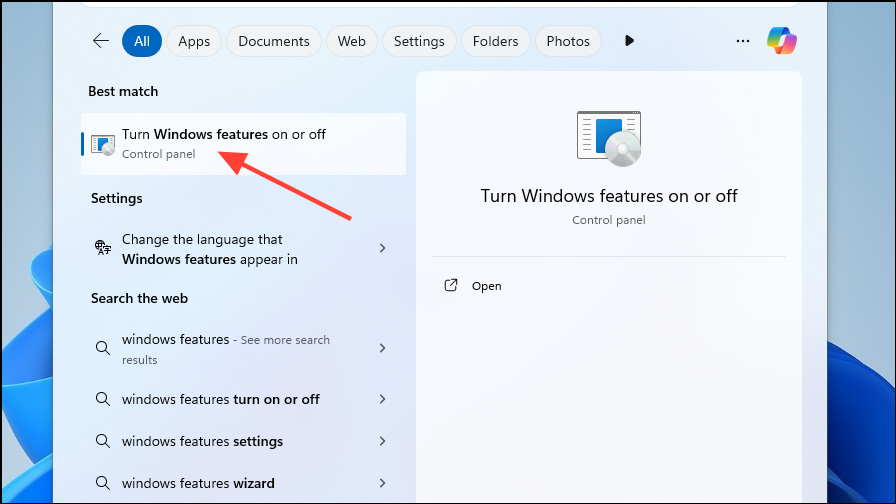
- Scroll down and click on the check box next to 'Enable Windows Subsystem for Linux' to enable it. Windows will take a few seconds to enable the feature after which you will need to restart your PC.

- Next, open Microsoft Store and search for 'Debian' or 'Ubuntu'. Click on the Linux distro and install it. Depending on your internet speed, downloading Ubuntu can take some time as it is nearly 600 Mb in size.

- Once it is installed, open Command Prompt and type
wslbefore pressing the 'Enter' key.

- Now you will need to create a UNIX username and password. Type the username and password in the command prompt window before pressing the 'Enter' key.
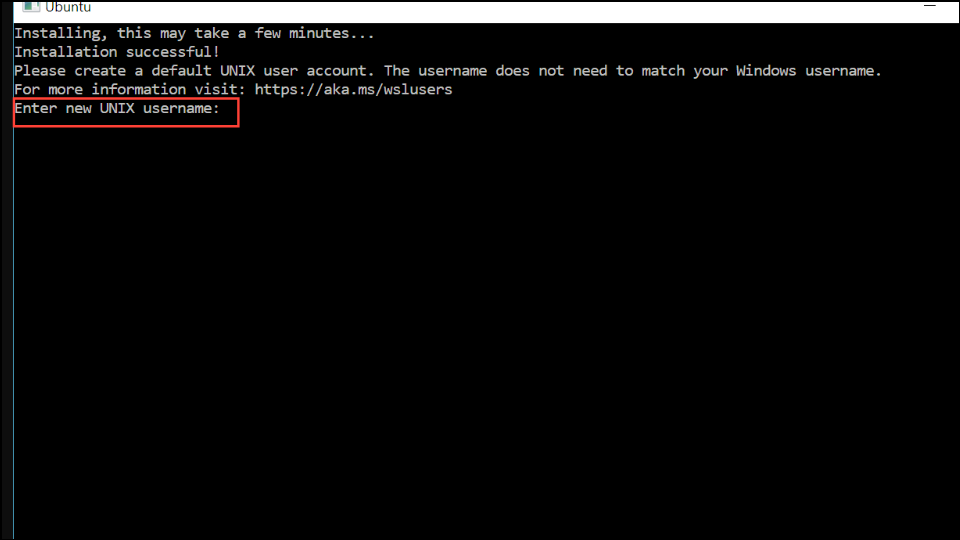
- Now close the WSL command prompt window and launch Command Prompt again as an administrator. Then type
GET-CimInstance -query "SELECT * from Win32_DiskDrive"before pressing Enter.
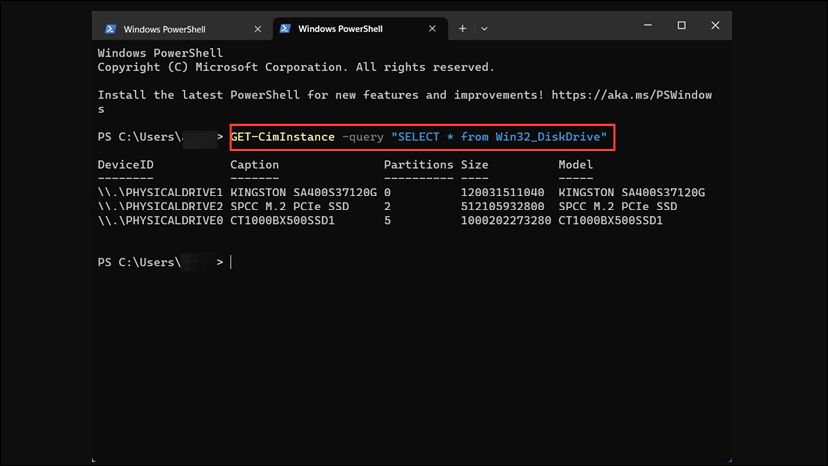
- Check where Linux is installed and use the
wsl --mount \\.\PHYSICALDRIVE2 --partition 2command to mount it. Here, 2 refers to the location of the /home and /root partitions of the Linux installation. In case you have the EFI (\boot) partition in Linux, you will need to use thewsl --mount \\.\PHYSICALDRIVE2 --partition 2command.
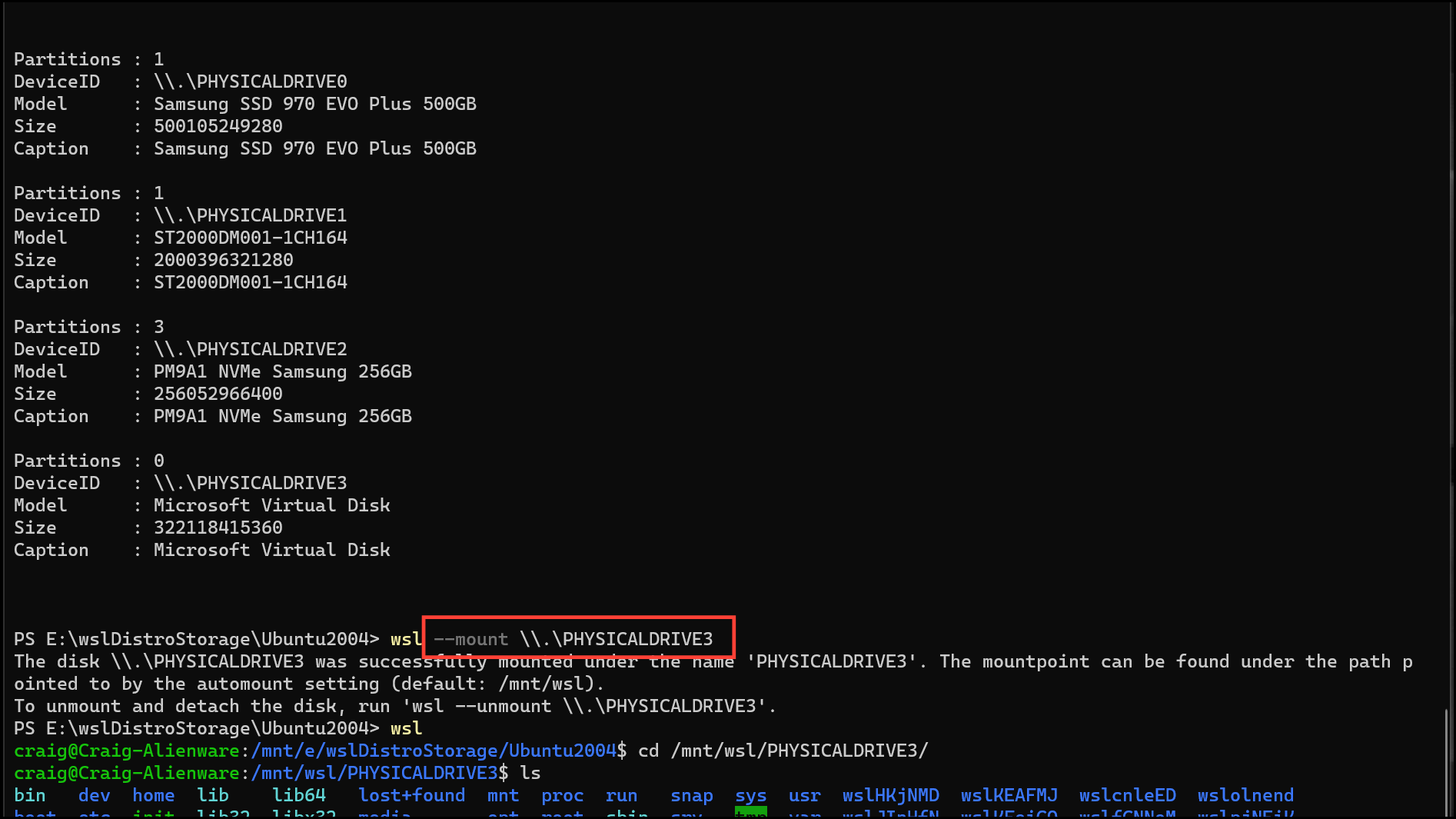
- You will now be able to access your Linux files from Debian or Ubuntu running within Windows. You can install a GUI-based files application like Nautilus if you do not want to use the terminal to access the files with the command
sudo apt install nautilus.

- Once Nautilus is installed, open it and go to Computer and then click on 'Mnt'. Finally, click on 'WSL' and then on 'PhysicalDrive2' to access your Linux files.

Note: This method will work when you download Linux distros from the Microsoft Store. However, avoid making changes to the Linux partition from within Windows as that can cause problems and may prevent you from booting into your Linux installation.
Things to know
- You can modify some of your Linux files from Windows using tools like Notepad, which supports Unix line endings. Similarly, you can create and delete files in your Linux folders.
- While you can modify some files, this may not be true for all Linux files since Windows does not offer support for all of them.
- There are several shortcuts you can use when accessing Linux files and directories for a faster workflow.
- Most third-party tools will allow you to access and save Linux files but will not let you modify them directly.
- It is a good idea to boot into your Linux installation and create a backup if you plan to access the files from Windows later on.


